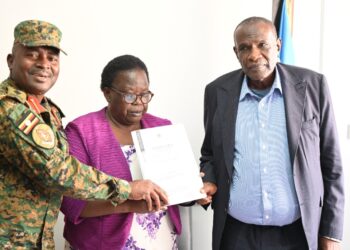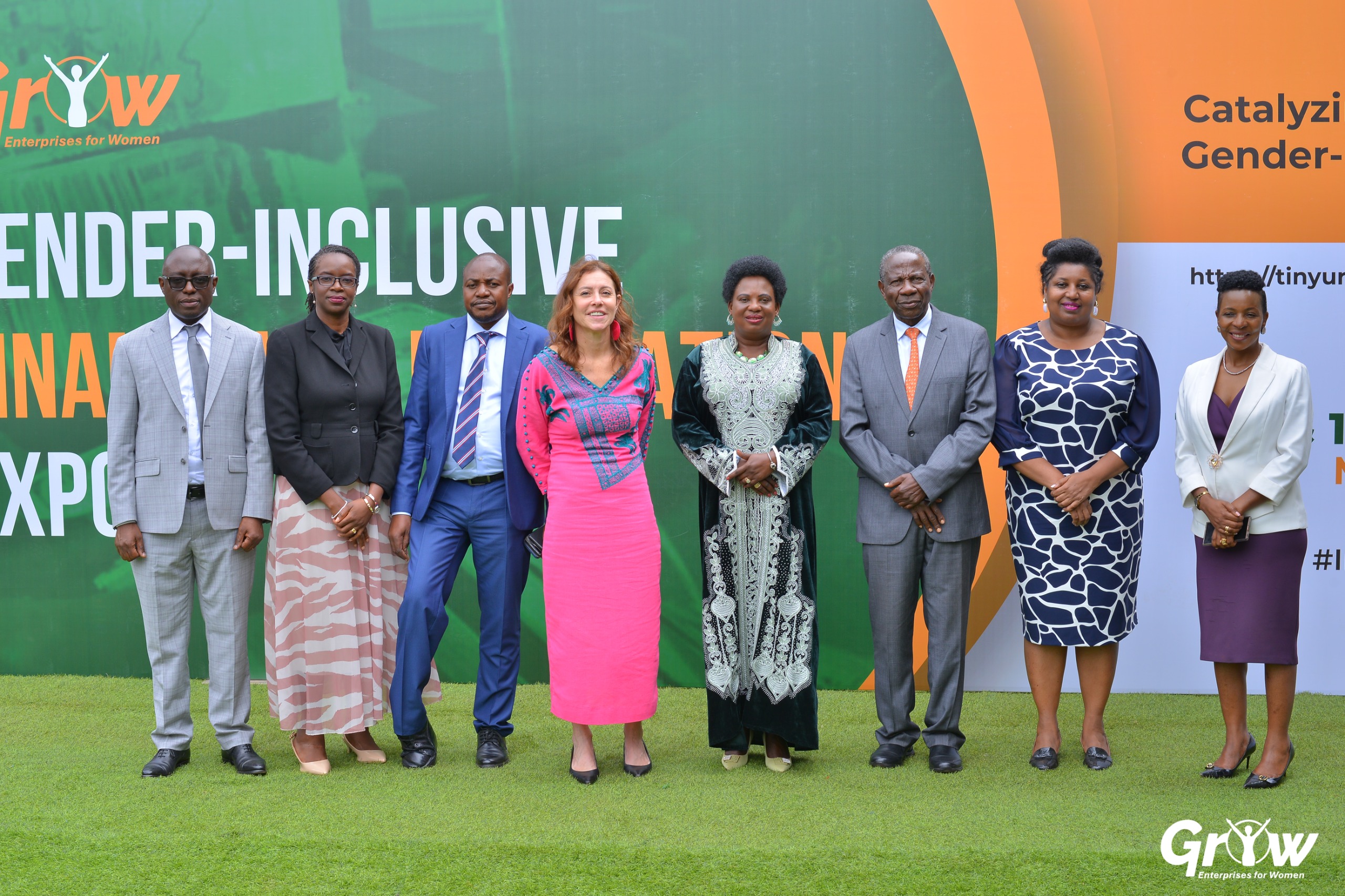As Uganda marked World Toilet Day, a participant pointed out a hard fact; “sanitation looks simple, but, it is very challenging.”
It is a fact that every human being needs a toilet, but, reports prove that more people in Uganda and around the world pick illnesses from toilets or poor toilet habits because households and institutions pay little attention to making the places of convenience more convenient.
The most important public health day was celebrated on Monday, November 19.
World Toilet Day was however, marked without funfair, emphasizing the point that toilet matters should indeed be kept in the background.
The half-day workshop organized by Water Aid, highlighted key risks and opportunities in having or lacking toilet facilities.
Under the theme ‘Making Sanitation Accessible to All’ speaker after speaker, largely technocrats from the ministries of Health, Education, Public Service, Water, and Kampala Capital City Authority joined the civil society championed by Water Aid, to discuss the ‘new toilet civilization.’
Their conclusion was unanimous: the toilet situation is grim. Yet the disease burden that affects especially the poorest countries such as Uganda, arise from lack of proper Water, Sanitation and Hygiene practices.
“Toilet should have three things,” said David Katwere Ssemwanga, a technical assistant in the Ministry of Health.
‘That’s safety, privacy and comfort or convenience.”
Mr Ssemwanga noted that on July 24, 2013, the UN general assembly adopted November 19 as the World Toilet Day. The body declared henceforth ‘sanitation for all’.
Despite research and reports showing that improving toilet practices was key to turning around the disease burden, toilet issue have indeed remained in the background, even in national planning.
The situation is worse when it comes to children who experts say, even fail to study due to poor toilet facilities at their schools.
Around 60 per cent of the global population, according to research by WaterAid, approximately 4.5 billion people – either have no toilet at home or have no places to safely manage their waste.
The report says 862 million people worldwide till practice open defecation and 1.8 billion people use an unapproved sources of drinking water.
The situation gets worse, because, 80 per cent of waste water generated by society flows back into the ecosystem without being treated or reused.
And when it comes to school children across the world, 900 million have no hand washing facilities – a critical barrier in the spread of deadly diseases.
The biggest danger is in poor countries such as Uganda, whose shortage of toilets that puts millions of live at risk.
This year, campaigners for toilets urged the governments and businesses to invest more in sanitation.
Chanchal Kumar, the head of programmes at WaterAidUganda, made a presentation on a research done in 12 KCCA schools. He observed that most schools they visited were not built with people with disabilities in mind. And although the government of Uganda has passed standards for toilets in public places, neither schools or commercial centres in Kampala follow them.
In all the 12 schools, Kumar said, “no toilet was found with required features.”
What needs to be done?
There is need for essential features of toilets, mindful of gender, and people with disabilities. Therefore a toilet should have the following:
1. Safe and private; separate for girls and boys
2. Cater for menstrual and other hygiene management requirements such as water and soap etc
3. Accessible to all;close enough to a home or area of activity etc
4. Affordable and available when needed; especially in cities, the cost of accessing toilets must be basic for the least earning individual.
5. Well maintained and managed; regular cleaning and checks on its performance
6. Meet the requirement of caregivers and parents by keeping them clean and safe even if for changing baby diapers.
Do you have a story in your community or an opinion to share with us: Email us at editorial@watchdoguganda.com











